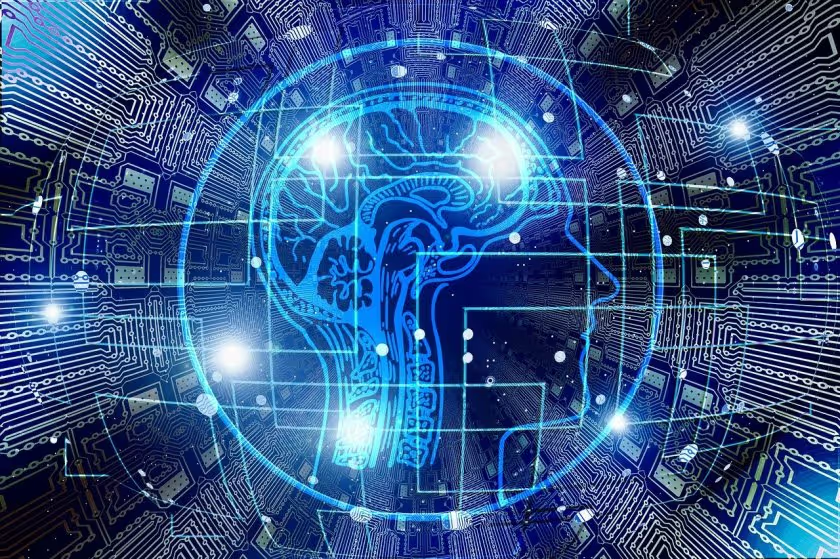What is Perceptron in Machine Learning? Have you ever wondered how your email filters out spam or how facial recognition identifies faces in photos? At the core of these technologies lies one of the earliest and most influential algorithms in AI: the perceptron. Developed in the 1950s by Frank Rosenblatt, the perceptron laid the groundwork for neural networks and modern deep learning.
If terms like activation functions, linear classifiers, or multi-layer networks feel overwhelming, you're not alone. This guide breaks down the perceptron—its function, limitations, and historical significance—in a clear, beginner-friendly way. You’ll discover how a single-layer model from the Cornell Aeronautics Laboratory became the starting point for today’s AI revolution.

What is a Perceptron? Understanding What is Perceptron in Machine Learning
The perceptron, invented by psychologist Frank Rosenblatt in 1957, was one of the first algorithms designed to mimic how biological neurons process information. It’s a type of linear classifier used for binary classification tasks, such as deciding whether an email is spam (yes/no) or a tumor is benign/malignant.
The Anatomy of a Single-Layer Perceptron
A basic perceptron has three components:
- Input Layer: Receives data (e.g., email features like word frequency).
- Weights and Biases: Each input feature is assigned a "weight" reflecting its importance. For example, the word “free” might have a higher weight in spam detection.
- Activation Function: Converts the combined input into a binary output (0 or 1). The original perceptron used a step function, which acts like a light switch—turning “on” (1) if the input exceeds a threshold, or “off” (0) otherwise.
While modern neural networks use hidden layers and advanced activation functions, the single-layer perceptron laid the groundwork for these advancements.
How Does a Perceptron Work? A Step-by-Step Breakdown
Let’s simplify how the perceptron processes data:
Step 1: Calculate the Weighted Sum
The perceptron multiplies each input feature by its corresponding weight and adds them together, along with a bias term. Imagine you’re predicting house prices:
- Inputs: Square footage, location, number of bedrooms.
- Weights: Square footage might matter more than the number of bedrooms.
- Bias: Adjusts the baseline prediction (e.g., average price in the area).
If the weighted sum exceeds a threshold, the perceptron “fires” a signal.
Step 2: Apply the Activation Function
The step function converts the weighted sum into a binary output. For instance:
- If the sum is 5.2 and the threshold is 5, the output is 1 (spam).
- If the sum is 4.8, the output is 0 (not spam).
This simplicity made the perceptron easy to train but limited its ability to handle complex tasks.
Training the Perceptron: The Perceptron Learning Rule
Rosenblatt didn’t just create the model—he designed a way to train it using labeled data. Here’s how it works:
- Initialize Weights and Bias: Start with random values (often zeros or small numbers).
- Make Predictions: For each input (e.g., an email’s features), calculate the weighted sum and apply the step function.
- Calculate the Error: Compare the predicted output to the actual label.
- Adjust Weights and Bias: If the prediction is wrong, update the weights and bias to reduce the error.
For example, if the model incorrectly labels a spam email as “not spam,” it increases the weights for words like “urgent” or “discount.”
Real-World Example: Medical Diagnosis
Imagine training a perceptron to detect heart disease:
- Input Features: Blood pressure, cholesterol levels, age.
- Weights: Higher weights for critical factors like cholesterol.
- Bias: Adjusts based on population risk levels.
Over time, the model refines its weights to improve accuracy.
The Limitations of Single-Layer Perceptrons
Despite its innovation, the perceptron had glaring flaws:
- Linear Separability: It could only classify data that could be split with a straight line (or hyperplane in higher dimensions). Rosenblatt proved it worked only for such cases.
- The XOR Problem: A classic example where the perceptron fails. XOR logic requires distinguishing inputs like (0,1) and (1,0) as “1” and (0,0) and (1,1) as “0”—a task impossible for a single-line decision boundary.
This limitation led to skepticism about AI in the 1970s but also motivated researchers to develop multi-layer perceptrons (MLPs) with hidden layers.
From Single-Layer to Multi-Layer Perceptrons
The introduction of hidden layers transformed perceptrons into powerful tools for complex tasks:
- Input Layer: Raw data (e.g., pixels in an image).
- Hidden Layers: Extract patterns (e.g., edges in a photo → shapes → objects).
- Output Layer: Final prediction (e.g., “cat” or “dog”).
The Role of Activation Functions
Replacing the rigid step function with smoother functions like sigmoid or ReLU allowed networks to handle non-linear data. For example, ReLU outputs the input directly if positive, otherwise zero. This small change enabled efficient training of deep networks.
Real-World Applications of Perceptrons
- Binary Classification Tasks: Early perceptrons were used in optical character recognition (e.g., reading handwritten digits).
- Modern Neural Networks: Multi-layer perceptrons underpin voice assistants, fraud detection, and self-driving cars.
- Legacy of Cornell Aeronautics Laboratory: Rosenblatt’s work here inspired decades of neural network research.
Why the Perceptron Still Matters
The perceptron in machine learning is more than a historical artifact—it’s a blueprint for understanding modern AI. While its single-layer model couldn’t solve every problem, it introduced concepts like weights and biases, input layers, and learning rules that remain vital today.
For example, multi-layer neural networks use the same principles but stack perceptron-like units into hidden layers to solve intricate tasks like language translation.
Conclusion
What is Perceptron in Machine Learning? It’s one of the earliest and most fundamental building blocks in the history of artificial intelligence. As a basic linear classifier, the perceptron introduced the concept of learning weights from data to make predictions. While it can only solve linearly separable problems, this simple algorithm laid the groundwork for more advanced models like multi-layer perceptrons and deep neural networks. Its straightforward design makes it an essential learning tool, and its influence remains deeply embedded in modern machine learning systems.
FAQ: Perceptron in Machine Learning
What is a perceptron in machine learning?
A perceptron is one of the simplest neural network models — a binary classifier that maps input features to an output (0 or 1) using a weighted sum plus bias and a step activation function.
How does a perceptron learn / how does its algorithm work?
It iteratively updates weights based on prediction errors: for each training sample, it computes output, compares to true label, and adjusts weights proportionally to (true label – predicted label) times input.
What are the limitations of a perceptron?
A single-layer perceptron can only classify linearly separable data. It cannot solve problems like XOR which are not linearly separable.
What’s the difference between perceptron and ADALINE?
The key difference is in the learning rule: perceptron uses class label errors to update weights, while ADALINE uses continuous error (difference between net input and target) to optimize via gradient descent.
How is perceptron related to multilayer perceptron (MLP)?
A perceptron is a single neuron model. When you stack many perceptron-like units into layers with nonlinear activation, you get a multilayer perceptron (MLP), which can model more complex, non-linear patterns.
When does the perceptron algorithm converge?
It converges to a solution if the training data are linearly separable. If not separable, it may never find a perfect classification boundary.



.avif)





.avif)
.avif)